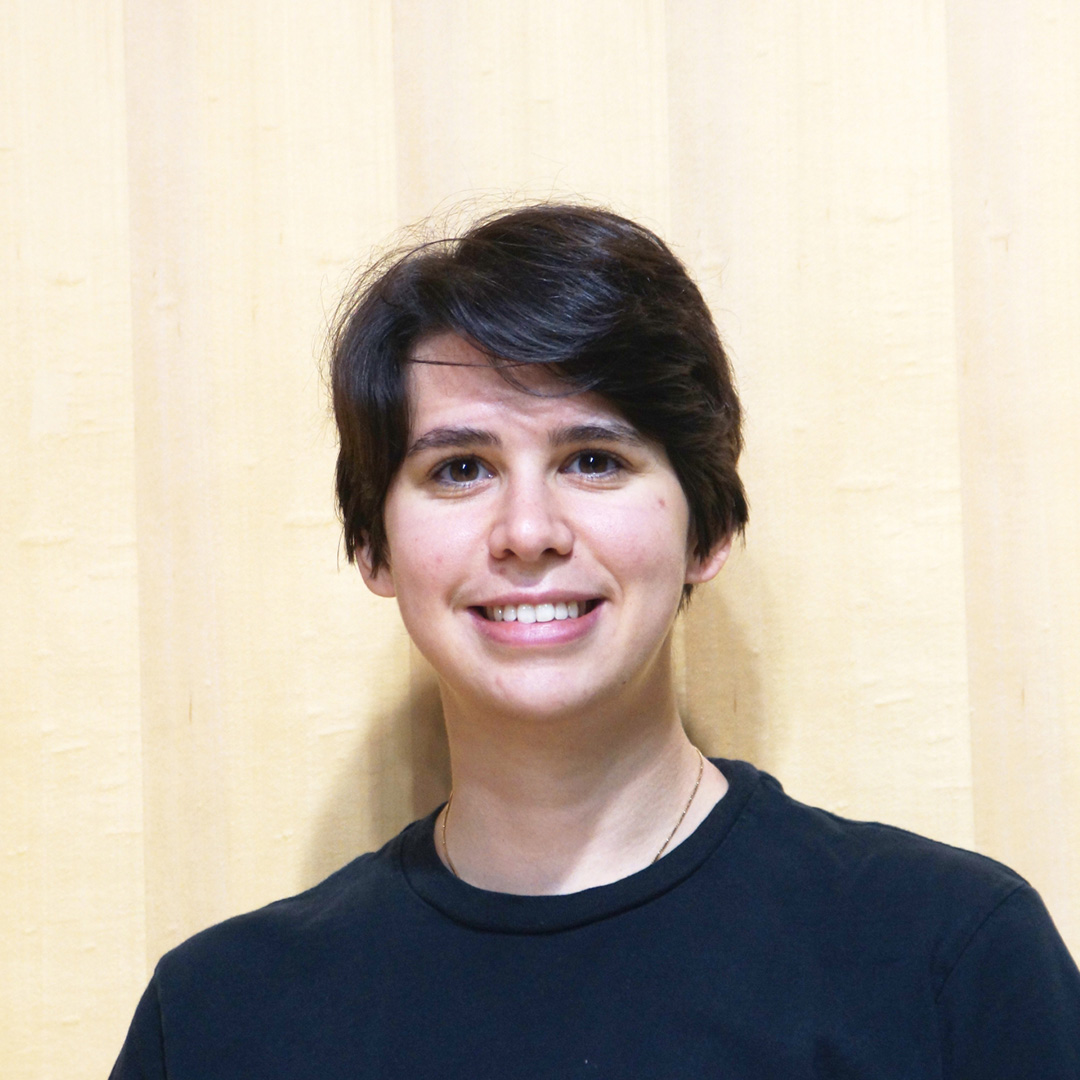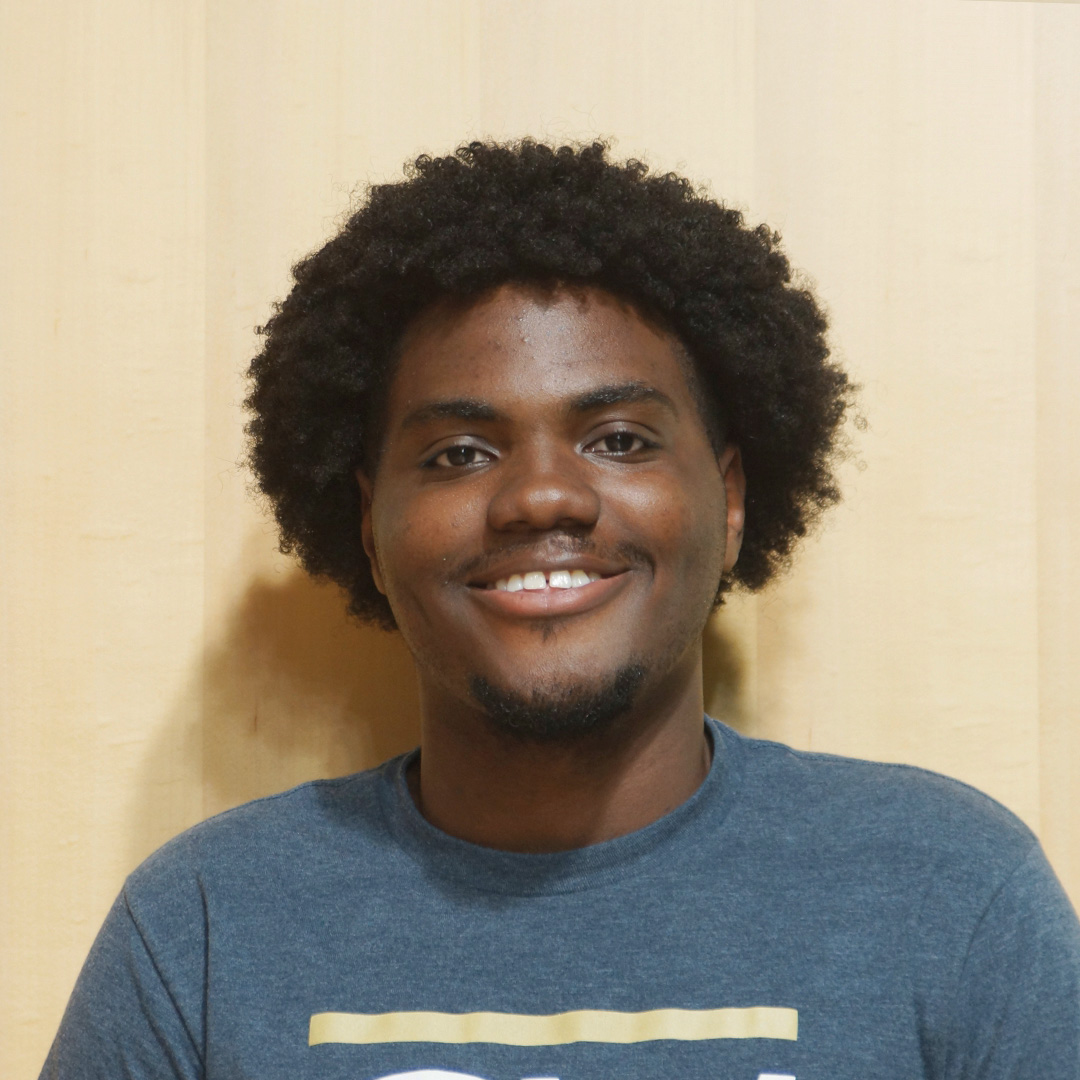The Department of Chemistry Presents, via Online Zoom Presentation: Dominique Brager, Graduate Student, Cahill Lab & Christopher Hossack, Graduate Student, Besson and Cahill Labs, GW
A Hybrid Study on the Impact of Pb2+ on Uranyl Bonding and Spectroscopic Properties
Whereas the highly stable oxo groups of the UO22+ cation are largely resistant to coordination, interactions at the uranyl-oxo have been known to affect the bonding and subsequent spectroscopic and redox properties of the UO22+ cation. Metal cations have been found to form weakly covalent interactions with these terminal oxygens, and those with Pb2+ are of particular interest owing to the propensity to form during various components of the nuclear fuel cycle. This study details the syntheses and characterization of six new UO22+/Pb2+ compounds featuring a range of Pb2+ - UO22+ interactions, the spectroscopic effects of which were measured using diffuse reflectance, luminescence and Raman spectroscopies. Density functional theory (DFT) based natural bonding orbital (NBO) and quantum theory of atoms in molecules (QTAIM) methods were used to rationalize these observations and reveal that interaction strength varies as a function of Pb-oxo interaction distance and angle. Uranyl units with stronger interactions display an asymmetric bond weakening and a loss of covalent character in the U=O bonds interacting closely with the Pb2+ ion. Luminescence quenching is observed in cases where strong Pb-oxo interactions are present, and is accompanied by significant red-shifting of the uranyl symmetric Raman stretch. Changes to inner sphere uranyl bonding manifest as a weakening of the U=O bond as a result of interaction with the Pb2+ ion.
Bio
Dominique received her B.S. in Chemistry from American University in Washington, DC where she did undergraduate research under Dr. Douglas Fox, studying cellulose nanomaterials, and under Dr. Shouzhong Zou, studying catalysts for low temperature fuel cells. In 2019, Dominique joined Professor Christopher L. Cahill’s research group to pursue her interest in the field of nuclear chemistry where she studies heterometallic uranium/heavy metal hybrid materials.
Synthesis and Photophysical Properties of a Family of Lanthanide 3‑Nitrotrispyrazolylborates
Lanthanide (Ln) pyrazolylborates are a rich class of materials that have found applications as catalysts, light-emitting devices and single molecule magnets, owing to properties such as sensitized Ln3+ emission and slow magnetic relaxation. Until now, no work has been done on lanthanide pyrazolylborates functionalized with strongly electron-donating or withdrawing groups and the introduction of which presents the opportunity to tune the properties of the resultant complexes. This work details the synthesis and structural and photophysical characterization of a family of lanthanide complexes with a nitro‑functionalized pyrazolylborate ligand, 3‑nitrotrispyrazolylborate (3‑NO2Tp–). These complexes feature tunable nuclearity, where monomers, dimers or tetramers can be selectively synthesized based on the initial reaction conditions. 3‑NO2Tp– is an efficient sensitizer for both the visible and near‑IR (NIR) emissions of most of the lanthanide series. Optical measurements, supported by density functional theory calculations, indicate that the dual visible and NIR Ln3+ emission arises from two intra‑ligand charge transfers (ILCT) transitions of 3‑NO2Tp–. Our findings present the first examples of lanthanide pyrazolylborates functionalized with a strongly electron-withdrawing group and provide a platform for establishing structure-property relationships in this family of materials.
Bio
Christopher received his B.S. in Special Chemistry from the University of the West Indies, Mona in Kingston, Jamaica in 2019. He did undergraduate research under Dr. Marvadeen Singh-Wilmot on the synthesis of novel lanthanide metal-organic frameworks, primarily for luminescence sensing applications. Christopher then joined the Chemistry Department at The George Washington University under both Prof. Claire Besson and Prof. Christopher Cahill. He is currently studying the photophysical and magnetic properties functionalized lanthanide trispyrazolylborate complexes.



